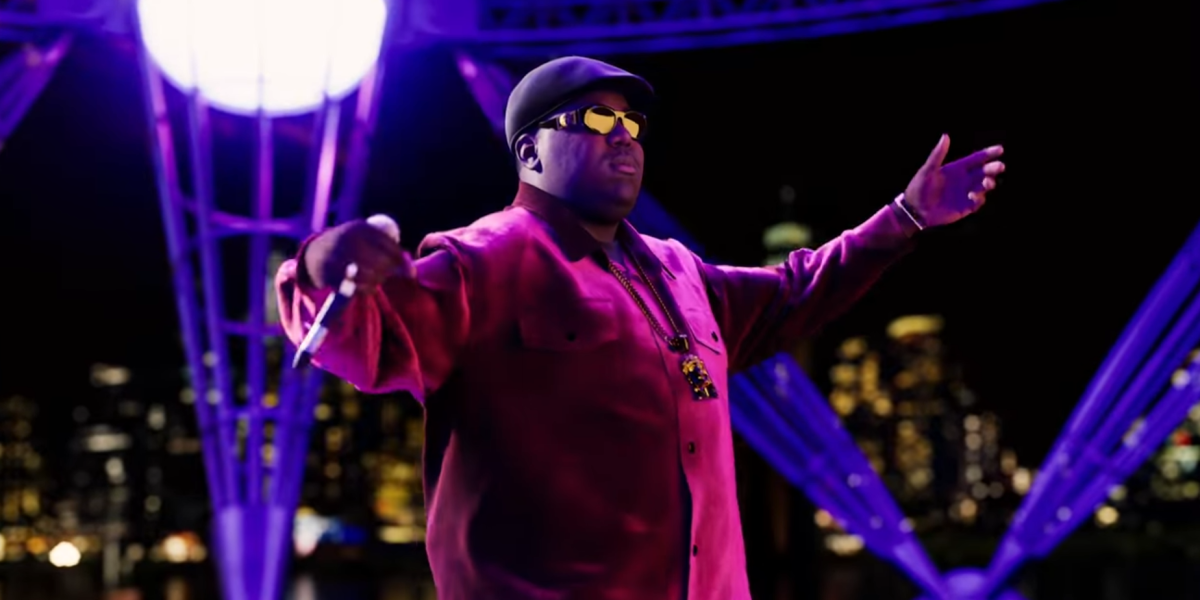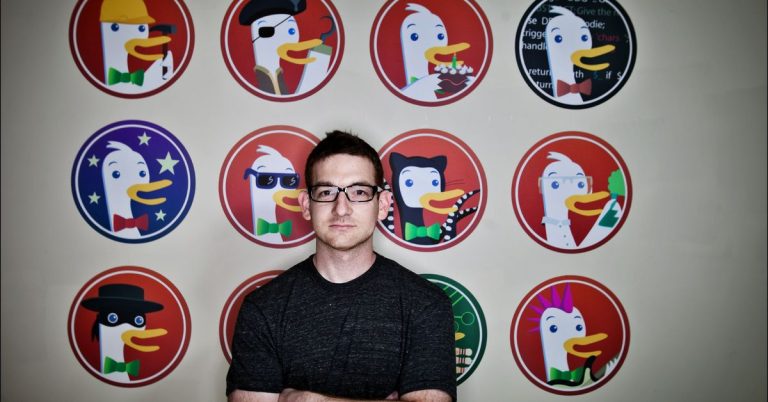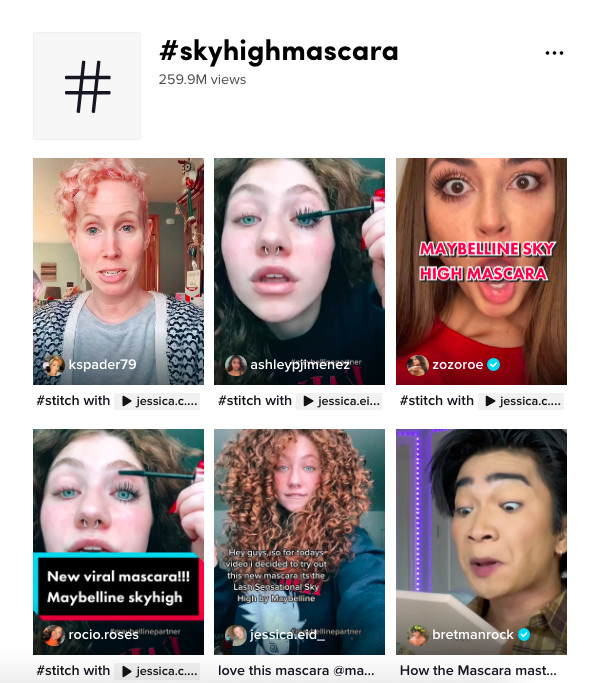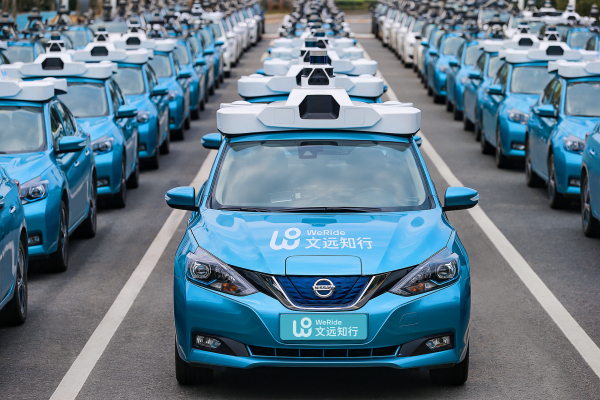
The team created a database of “micro-expression reference materials,” analyzed “pore-level resolution imagery,” and tracked the elasticity of sub-skin layers to understand how Smalls’s facial skin moved, Scott explains. Those minute changes in facial expression were crucial to creating as real an avatar as possible.
All that research paid off. “I have seen the avatar throughout the process of building … and it looks very real to me. I see my son’s characteristics in the detailing,” his mother, Voletta Wallace, said via email. “The avatar turned out to be all that I hoped for.” Scott says that when the team unveiled Smalls’s avatar to Wallace, she said, “That’s my Christopher.”
“There wasn’t a dry eye in the room,” Scott recalls. “At that moment, we surpassed any technical achievements we were striving for and were in the realm of emotionally real simulations.”
Part of the reason Smalls was a prime contender for a VR concert was that he was a star with no live recorded performances. “Biggie lived through two albums and never went on tour,” says Elliot Osagie, founder of Willingie, a digital media company that collaborated on the event. The virtual performance was an opportunity for fans to finally see their hero live—and introduce a new generation to a legendary rapper.
That’s where Wallace, who is also executor of his estate (estimated to be worth around $160 million), comes in. Although it was an emotional project, there’s no question that it was also a business opportunity: Scott says that Wallace and her son’s estate had been searching for “opportunities to bring him back to reengage with his fans and build a new fan base.” The latter part is particularly important: Smalls’s peers are Gen Xers who are only getting older. Putting Smalls in the metaverse, an arena that is dominated by younger generations, could expand his audience. Wallace confirms this: “I envision more concerts, videos of his music, commercials, animation, films, and more opportunities in the metaverse.”






